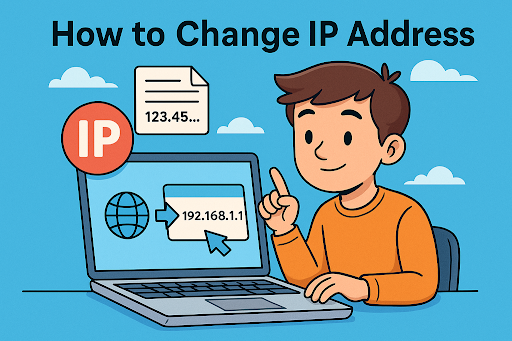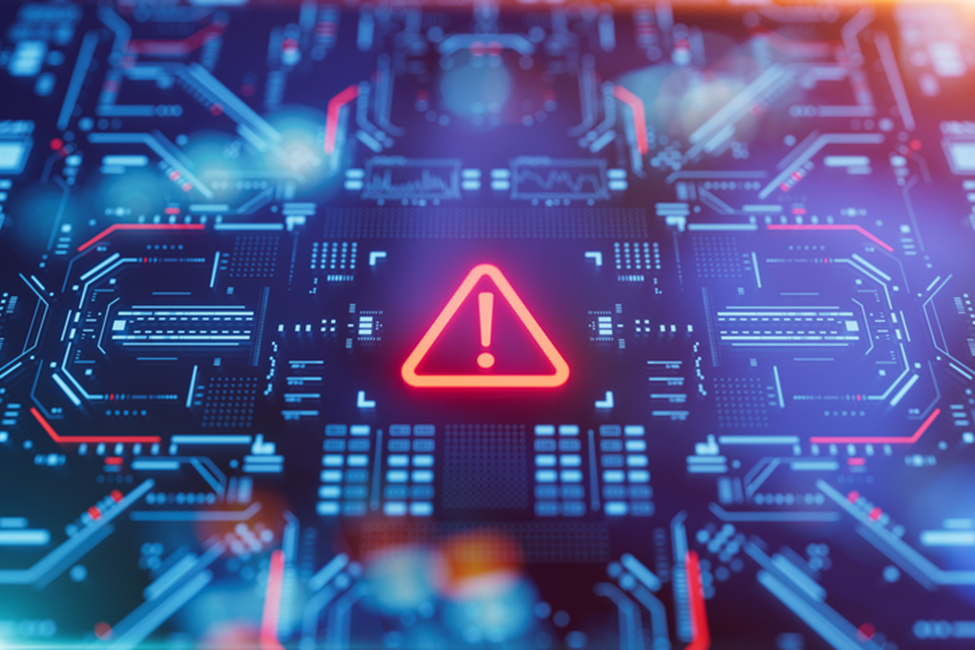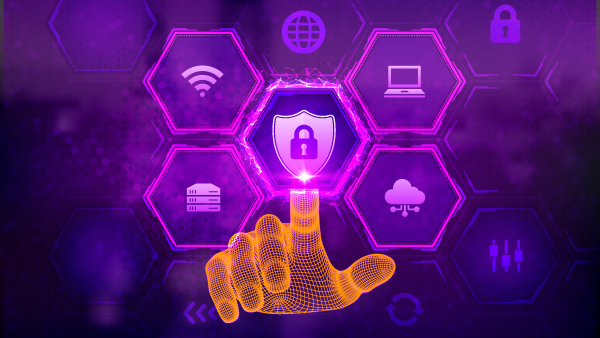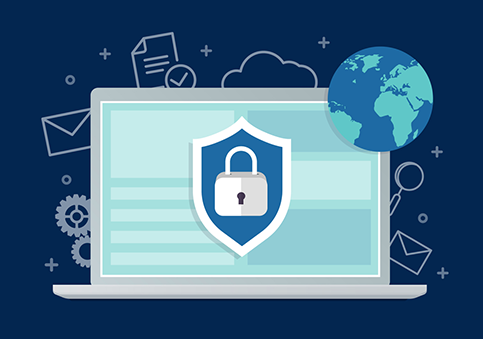Schools and Colleges: The Rising Targets of Cybercriminals – The Imperative of Zero Trust
Updated on August 21, 2024, by Xcitium

As we move further, a disturbing trend has emerged: educational institutions, from elementary schools to prestigious universities, have become prime targets for cybercriminals. The growing frequency of attacks on schools and colleges is not just alarming—it’s a clarion call for a fundamental shift in how these institutions approach cybersecurity. The adoption of a Zero Trust model is no longer optional; it’s essential for protecting our educational infrastructure.

The Vulnerability of Educational Institutions
Educational institutions are uniquely vulnerable to cyberattacks. They are custodians of vast amounts of sensitive data, including personal information, financial records, and academic research. Moreover, the widespread use of digital platforms for teaching, learning, and administration has exponentially increased the attack surface.
What makes schools and colleges particularly attractive to cybercriminals is their often outdated or inadequate security measures. Many educational institutions operate with limited IT budgets and resources, leaving them ill-prepared to defend against sophisticated cyber threats. This lack of preparedness, combined with the high value of the data they hold, makes them prime targets for ransomware attacks, data breaches, and other malicious activities.
Why Zero Trust is the Answer
The traditional perimeter-based security model is woefully inadequate in today’s threat landscape. The concept of a secure perimeter simply doesn’t apply when users and devices are dispersed across a multitude of locations, all accessing resources in the cloud. This is where the Zero Trust model comes into play.
Zero Trust operates on the principle that no entity—whether inside or outside the network—should be trusted by default. Instead, every access request is verified, regardless of the user’s location or the resource being accessed. This continuous verification process ensures that even if a cybercriminal manages to breach one part of the network, they cannot move laterally and access other critical systems without additional layers of security.
Protecting Our Educational Institutions
Implementing Zero Trust in schools and colleges is not just about deploying new technologies; it’s about cultivating a culture of security. This involves educating staff and students about the importance of cybersecurity, enforcing strict access controls, and continuously monitoring for potential threats.
By adopting a Zero Trust framework, educational institutions can protect themselves against a wide range of cyber threats. This approach ensures that every interaction within the network is authenticated and authorized, significantly reducing the risk of unauthorized access and data breaches.
The Urgency of Action
The rise in cyberattacks on educational institutions should serve as a wake-up call for administrators, educators, and policymakers. The consequences of inaction are dire: compromised personal data, disrupted learning environments, and significant financial losses. In some cases, the impact of a cyberattack can be so severe that it jeopardizes the very future of the institution.
The adoption of a Zero Trust model is not a silver bullet, but it is a critical component of a robust cybersecurity strategy. It represents a proactive approach to security that assumes threats are already inside the network and focuses on limiting their impact.
Building a Secure Future for Education
As cybercriminals continue to target educational institutions with increasing frequency and sophistication, the need for a comprehensive, Zero Trust approach to cybersecurity has never been more urgent. Schools and colleges must move beyond outdated security models and embrace a future where every access request is scrutinized, and trust is earned—not assumed.
The stakes are high. The security of our educational institutions is not just about protecting data; it’s about safeguarding the future of our society. By implementing Zero Trust, we can ensure that our schools and colleges remain safe havens for learning and innovation, free from the growing threat of cybercrime.
What Makes Xcitium Stand Out
In the battle against cyber threats, Xcitium stands at the forefront with its innovative approach to cybersecurity. Xcitium’s Zero Trust Containment technology is a game-changer, designed to prevent breaches before they can cause harm. Unlike traditional security measures that react after an intrusion is detected, Xcitium’s technology isolates threats immediately, ensuring they cannot spread within the network.
Xcitium’s platform also integrates advanced threat intelligence, machine learning, and behavioral analysis to offer a comprehensive security solution tailored to the unique needs of educational institutions. By continuously monitoring for potential threats and applying Zero Trust principles, Xcitium ensures that every access request is thoroughly vetted and that only authorized users can interact with sensitive data.
For schools and colleges, this means peace of mind knowing that their critical data and digital infrastructure are protected by the most advanced security measures available. Xcitium’s commitment to innovation and its focus on proactive security make it the ideal partner for educational institutions striving to safeguard their future in an increasingly digital world.













